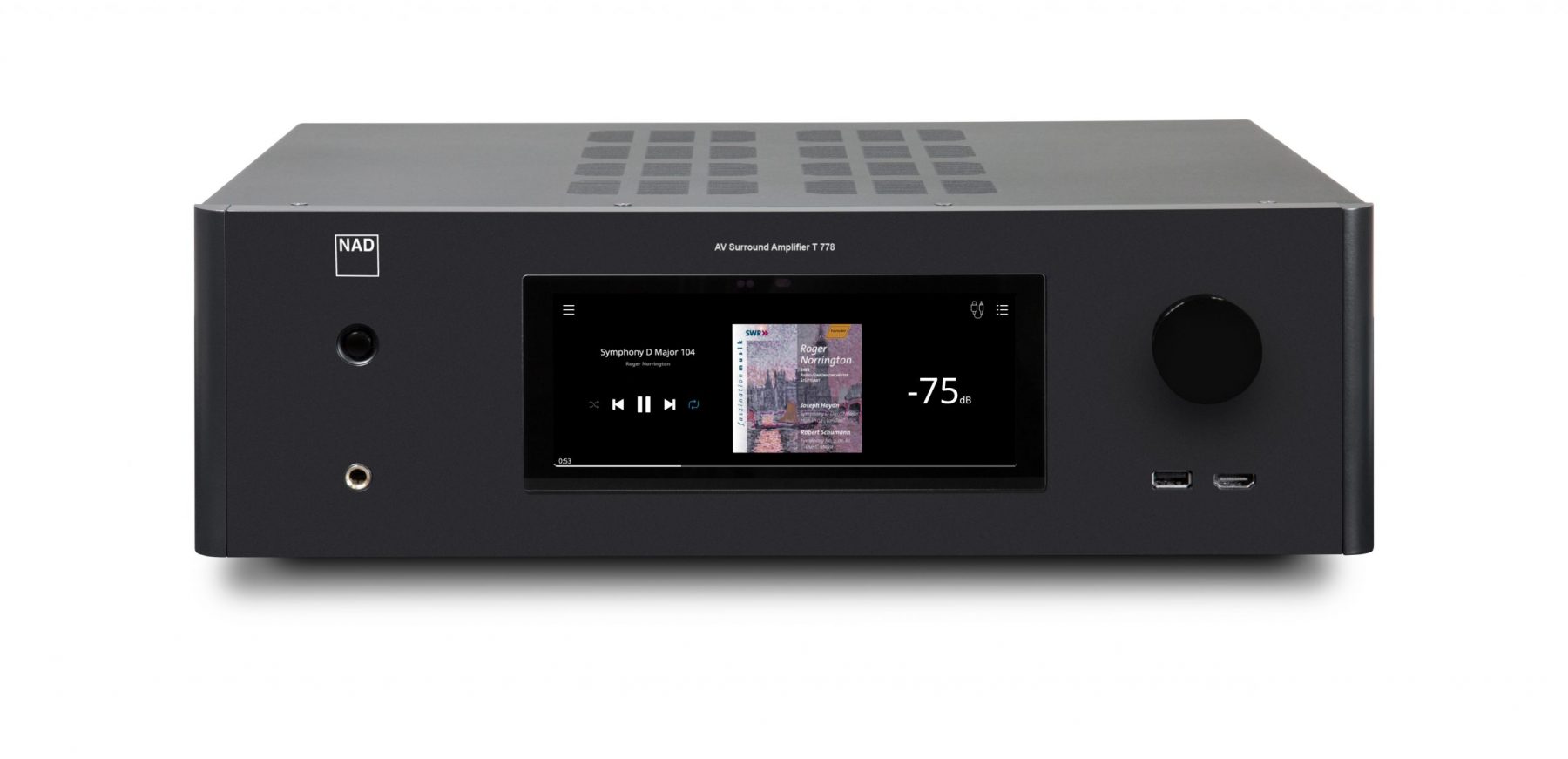That may be true in theory - but I think now NAD is the only brand that does this. Even Arcam (
https://www.arcam.co.uk/ugc/tor/AVR21/Specification Sheet/ARCAM_AVR21_Spec_Sheet_V1.pdf ) is publishing power for 7 channels at 1 kHz ( not full spectrum ) and at 0.2% THD ( instead of 0.1% ). I’ve seen specs from Denon and Marantz with power written at 6 ohms, 10% THD, 1 kHz, which is completely misleading.
The issue is most buyers don’t understand power - even in a HT setup you often don’t need close to the theoretical maximum output, what you get with more power is more headroom mostly and ability to drive for larger rooms. So brands inflate power specs not just based on number of channels driven but also impedance etc.
At the very least brands should publish 2 channels driven at 8 ohms, full spectrum, < 0.1% THD, but often even that doesn’t happen. This is the FTC spec and is at least a level playing field and let’s you compare apples to apples.
It’s also incorrect to think 150W per channel will drop to 20-30W all channel driven. What’s the math for that?
And in general your LCR will take way more power ( both in terms of speaker size and also the amount of information that goes to them ) than surrounds which is why also all channels driven is irrelevant.
Emotiva is a smart design where the LCR channels are given more power than the surrounds


